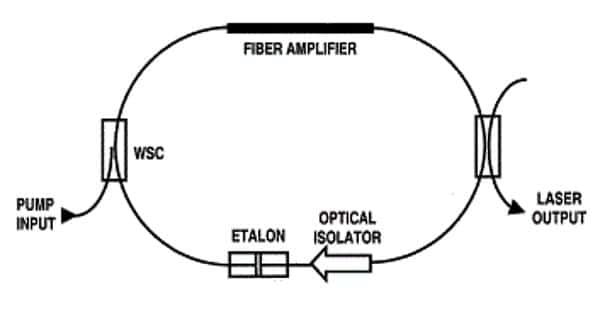Laser science, as we know, was first understood in 1951 when Charles Townes envisaged the principle of microwave amplification by induced radiation emission (MASER) on a park bench in Washington. In ten years, this idea had evolved, creating the first solid-state laser with a ruby medium of gain. Laser science, as we know, was first envisaged on a park bench in Washington in 1951, when Charles Townes conceived of the idea of microwave amplification through induced radiation emission (MASER). Within ten years, this theory had germinated, giving rise to the first solid-state laser with a medium ruby gain.
Sixty years of almost continuous research and growth have given rise to a variety of laser devices using different amplification methods, medium gain, and more. The most important distinguishing factor between different types of lasers is whether they are pulsed or continuous waves (CW).
Continuous-wave lasers feature a nominally constant output across a fixed interval. This means that for the duration of the beam, the main beam parameters such as intensity and power output remain consistent.
Lasers are having ever-increasing military applications—mainly for target acquisition, fire control, and preparation. These lasers are referred to as rangefinders, aim designers, and direct-fire simulators. Lasers are also used in communications, laser radars (LIDAR), landing systems, laser pointers, navigation systems, scanners, metalworking, imaging, holography, and medicine.
The word continuous-wave originates from the coherent beam of the monochromatic light emitted by the gain medium, which also defines the laser. In the first solid-state laser, a synthetic ruby was used to produce visible light with a deep red color, corresponding to a wavelength of around 694 nanometres (nm).
Crystal gain media continues to be used today in a variety of continuous-wave lasers. Neodymium-doped yttrium aluminum granate (Nd:YAG) and Titanium-sapphire, or Ti:sapphire, are two of the most widely used gain crystals in continuous wave systems. A number of fiber and gas lasers have been produced over the years after extensive research and development, which has significantly broadened the spectrum of continuous-wave lasers.
How do CW Lasers Differ from Pulses Lasers?
The distinction between a pulsed wave and a continuous wave is that the latter represents a laser-produced in short bursts, while the former corresponds to an uninterrupted beam. Traditionally, continuous-wave lasers have been deemed superior due to their power output and stability, but brief laser pulses are not capable of sublimating materials with any degree of efficiency.
This problem has largely been overcome by chirped pulse amplification (CPA) and the reliability of continuous-wave lasers over operating times ranging from a few microseconds to several weeks also renders them a competitive option for industrial applications.
Continuous Wave Lasers from Laser Quantum
Laser Quantum is one of the leading suppliers of high-quality solid-state lasers produced with end-users in mind. Its solutions are motivated by a dedication to consistency in service over long life cycles and to safeguard investment by consumers in difficult environments and through lengthy usage cycles.















